Ornamental Horticulture
-

Chaste tree (genus Vitex) is an ornamental with many desirable qualities for the urban landscape. It is a deciduous shrub to small tree proffering violet flowers, which are a magnet for pollinators, fragrant foliage, and excellent drought and deer tolerance. It’s not surprising that it has been touted as one of the best plants for Georgia gardens.
There is always room for improvement on what nature provided, so the breeding team at the University of Georgia Department of Horticulture has spent years working to improve on this valuable ornamental, and they are ready to offer several great new plants: ‘Daytona Heat Danica Pink,’ ‘Daytona Heat Dale White,’ ‘Daytona HeatTM Petty Blue,’ ‘Pink Pinnacles,’ and ‘Little Madame.’ This publication highlights the features of these chaste trees.
Carol Robacker, David A. Knauft, and Bodie V. Pennisi
|
-
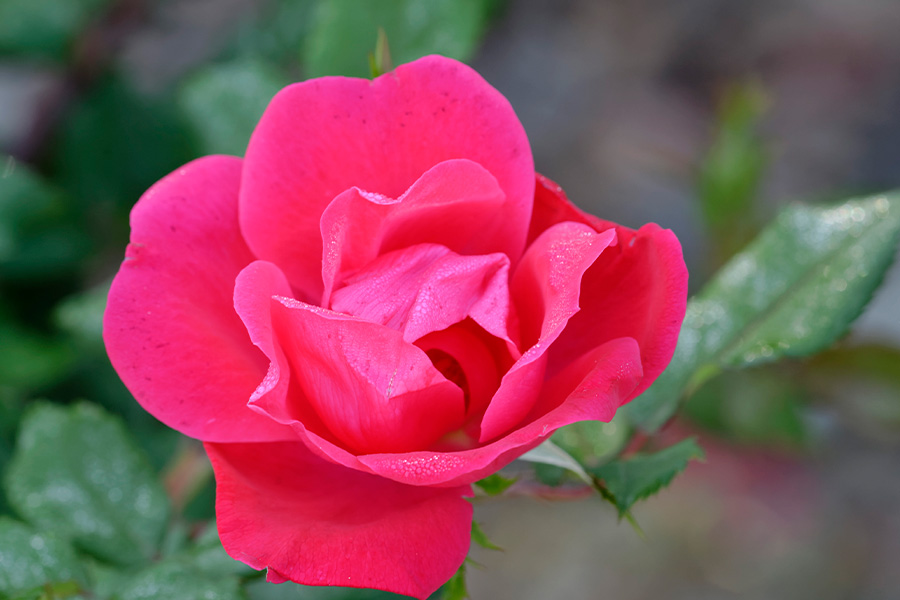
Roses are one of the most popular plants among Georgia gardeners even though growing roses in the southern climate can be challenging. Knowing which rose varieties to choose is the key to success. This publication discusses selection and techniques for growing roses in Georgia.
Bob Westerfield and Malgorzata Florkowska
|
-
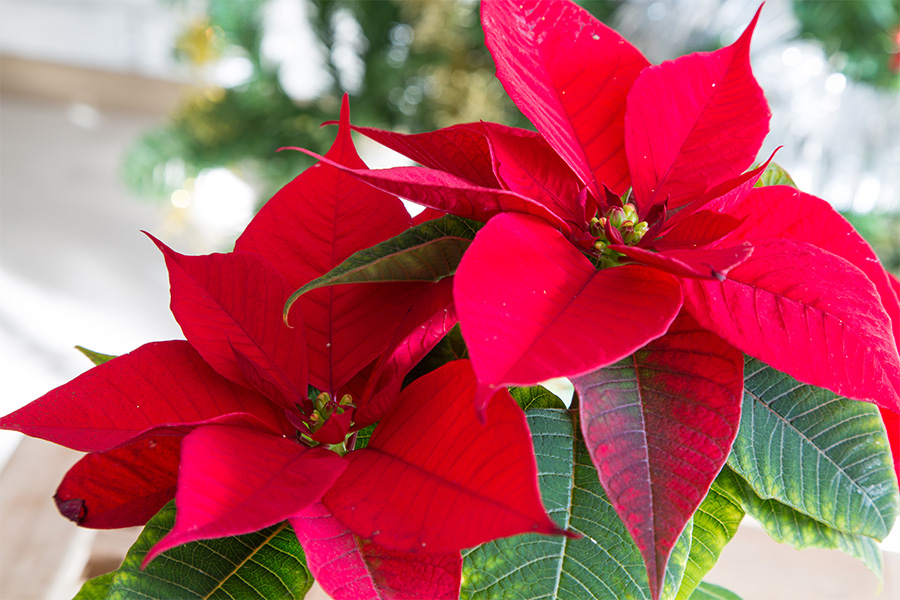
Flowering and foliage plants can make welcome gifts. How long they remain attractive may be directly related to the care and handling they are given. This publication describes ways to properly care for holiday and gift plants to ensure maximum longevity.
Paul A. Thomas and Bodie V. Pennisi
|
-
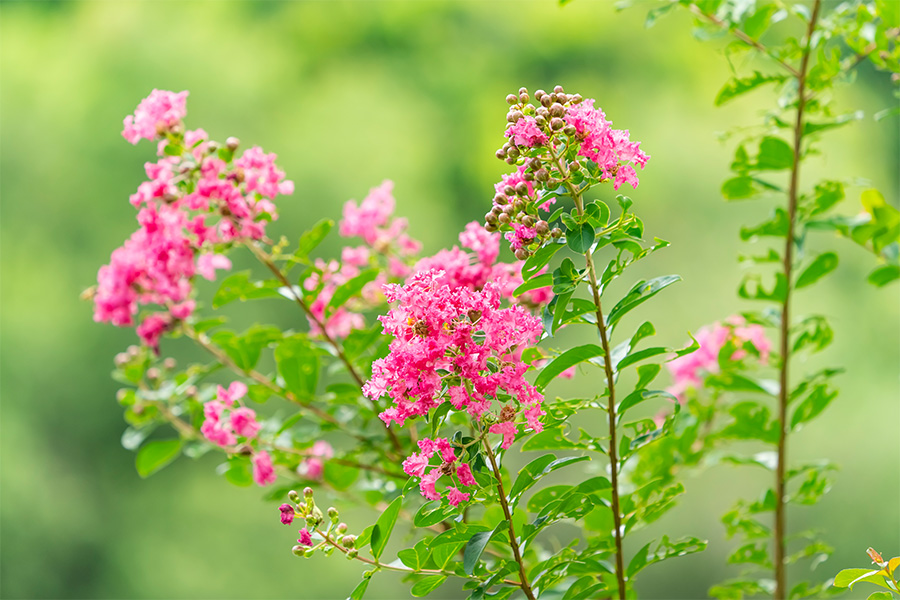
C 944
Crape Myrtle Culture
Crape myrtle is one of the most useful flowering shrubs/trees grown in Georgia. It provides abundant summer color with a minimum of maintenance.
Bodie V. Pennisi and Jean Williams-Woodward
|
-
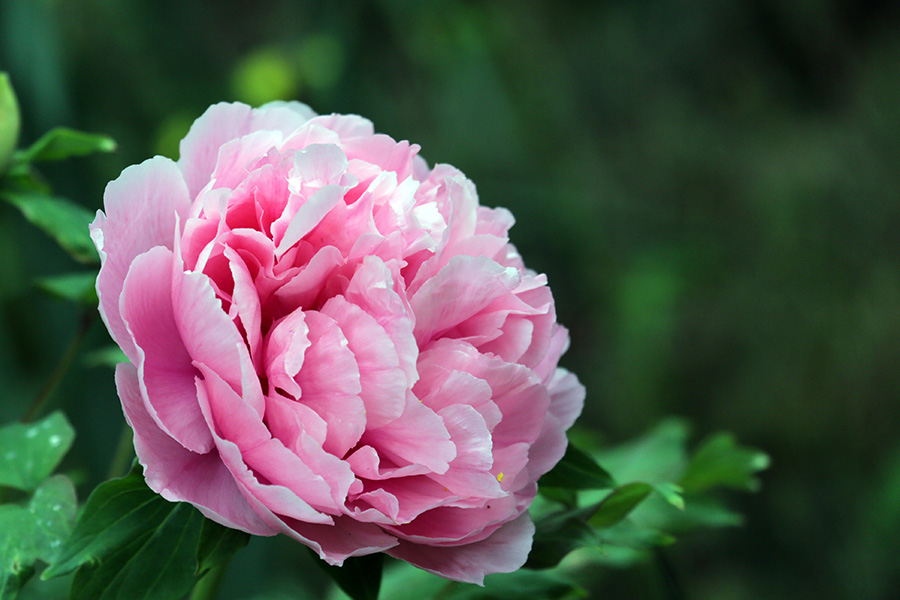
Whether in a commercial installation or residential garden, perennial plants can be successfully
used to offer more landscaping choices, distinguish your firm from the competition and create a niche for your landscape business. Perennial plants are complex, and it is best to contract or hire a professional landscape architect for the design phase and train knowledgeable staff in proper maintenance later on. This publication is intended to provide the basics of perennial plant biology, ideas on design and installation, and information on cultivation and maintenance of perennial beds. It should also serve as a quick guide for the most common and recommended perennials for Georgia. Common-sense tips from a professional landscaper’s perspective are also included.Paul A. Thomas, Bodie V. Pennisi, and Sheri Dorn
|
-
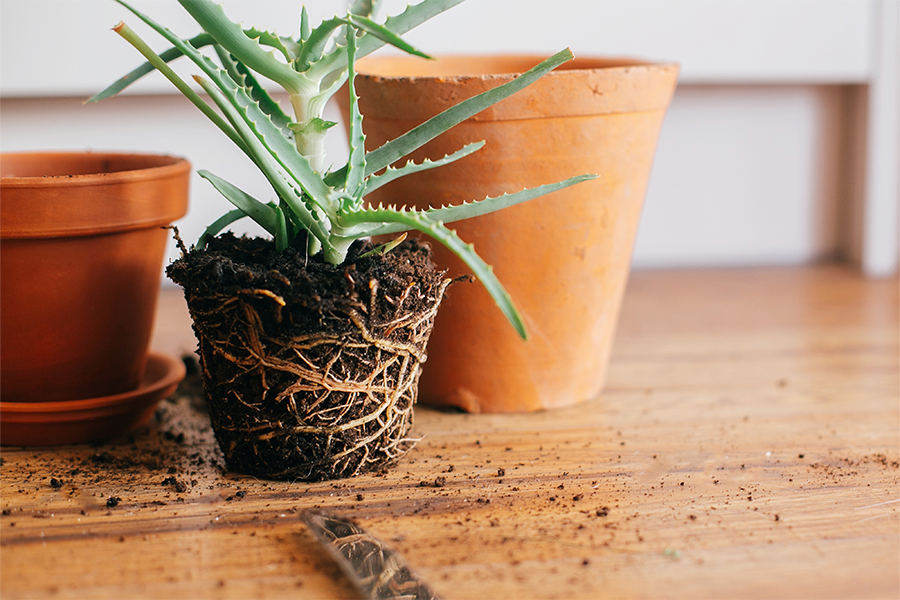
C 1240
Repotting Basics
This publication describes the reasoning behind repotting, as well as container selection, drainage, positioning the plant on an appropriate soil base, examining and attending to root issues, potential root removal and/or redistribution, backfilling, protecting, and watering the plant upon completion of repotting.
As container plants mature, their biomass increases and the roots grow outward and down to collect more water and nutrients. Most container plants tend to become root-bound and dry out quicker than their in-ground counterparts, and these conditions can cause a variety of issues, and lead to stunted growth and poor plant health. To prevent this from happening, it is important to make sure the root system is well dispersed in a healthy soil volume provided by an adequately sized container.
Bodie V. Pennisi
|
-

Landscape professionals must consider many factors when choosing the right flowering annuals to plant for a particular location. Primary considerations include high visual impact, consistent bloom for color, foliage for texture and color, sun exposure, growth habit and low-water tolerance. Cost plays an important role as well. Many landscapers typically choose common annual ornamentals and tropical perennials marketed as annuals. Particular species and cultivars tend to be favored over others for a variety of reasons; these are the bread-and-butter plants, such as cool-season pansies and warm-season petunias. Because of this, staple plants tend to be planted year after year, often in the same bed – a recipe for disease build-up, pesticide applications, loss of plants, plant replacement, dissatisfied customers, and ultimately, lower profit margins. This publication explains how to effectively use crop rotation and cultural practices to reduce disease incidence in seasonal color beds.
Jean Williams-Woodward and Bodie V. Pennisi
|
-

Deciduous fruit plants common to Georgia must be propagated asexually because they do not come true to seed. This makes it necessary to reproduce the desired fruit plants by methods such as cuttings, runners, layering, budding or grafting. This publication discusses the common techniques used to asexually propagate fruit plants adapted to Georgia.
Gerard W. Krewer and Bob Westerfield
|
-
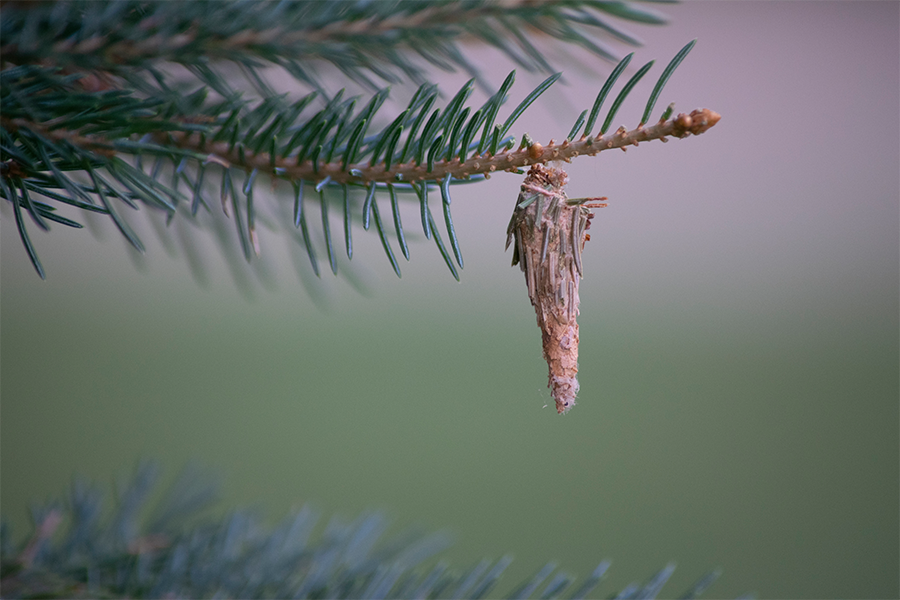
C 1237
Bagworms in Urban Landscapes
An introduction to bagworms, along with their biology, how they damage landscapes, and management options.
William G. Hudson, Shimat V. Joseph, and Oluwatomi Daniel Ibiyemi
|